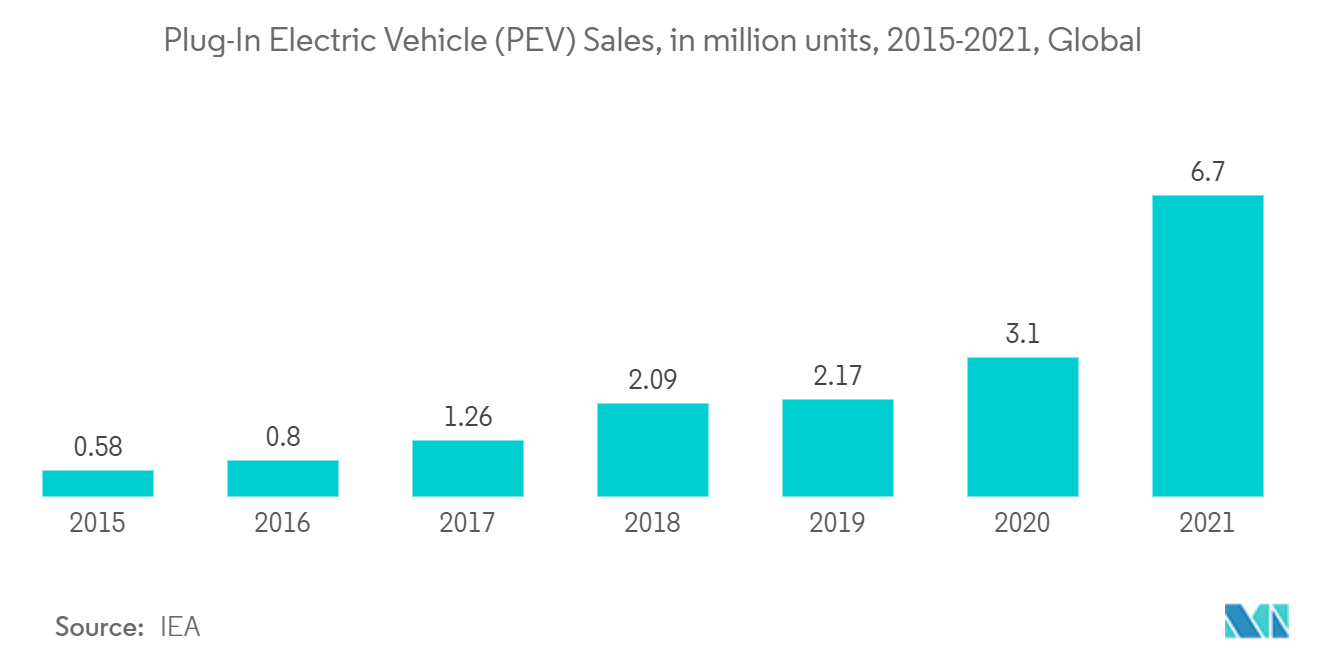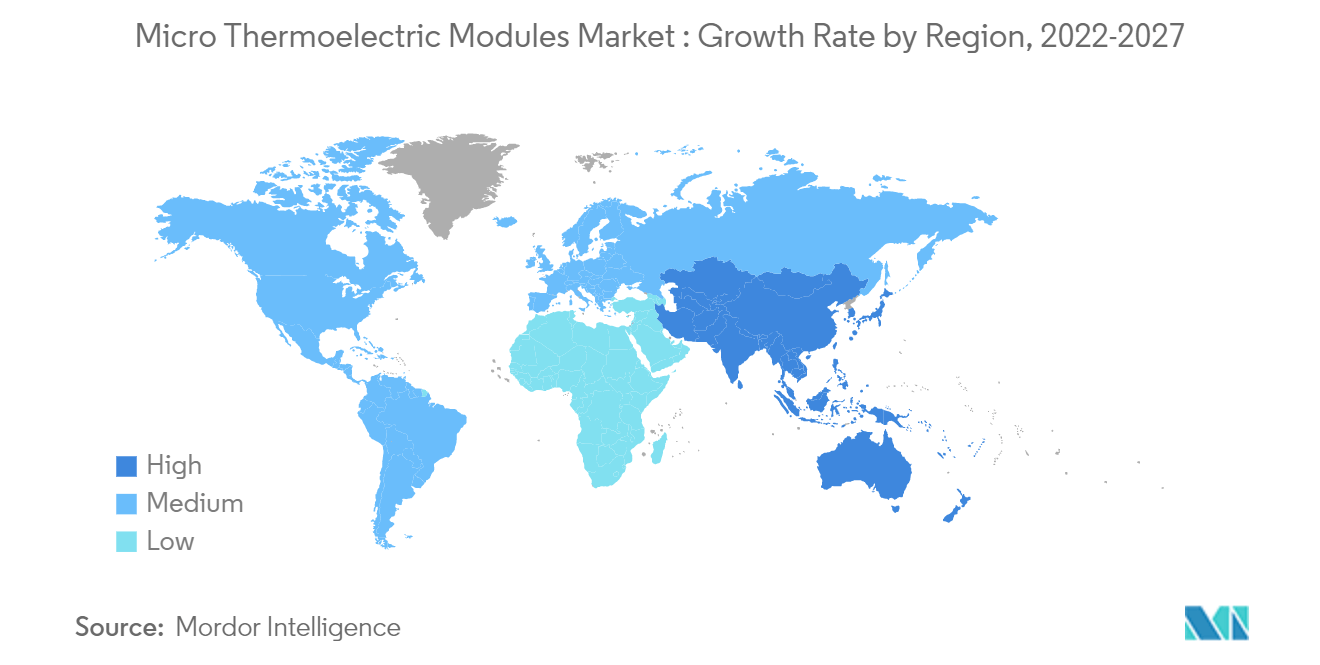Market Trends of Micro Thermoelectric Modules Industry
This section covers the major market trends shaping the Thermoelectric Modules Market according to our research experts:
Automotive Segment to Witness Significant Growth
The automotive sector is growing globally and undergoing a significant shift toward electric-based propulsion. Furthermore, manufacturers are introducing new features in the vehicles, such as ventilated seats, multiple zone climate control, better air conditioning, and better engine temperature control.
In 2020, globally, around 78 million motor vehicle units were produced compared to 92 million units in the preceding year. This decline was expected to be temporary and did not reflect the true growth of the market since it was impacted by the COVID-19 pandemic. As mentioned above, these automotive vehicles employ micro thermoelectric modules to control the temperature efficiently.
As part of the shift toward electric-based propulsion, battery temperature is required to be regulated for efficient operations. As per a forecast, the number of electric vehicles in 2025 is expected to be around 54 million units compared to 12 million units in 2021. This is likely to drive the micro thermoelectric module market, in turn, during the forecast period.
In November 2021, Tesla Inc. announced plans to invest up to CNY 1.2 billion (USD 187.91 million) to expand production capacity at its Shanghai factory. Tesla's Shanghai factory was designed to make up to 500,000 cars a year and currently has the capacity to produce Model 3 and Model Y vehicles at a rate of 450,000 total units a year.
In August 2021, Toyota announced its new BEV series, Toyota bZ, and established a full line-up of electrified vehicles. A concept version of the first model in the series was unveiled at Auto Shanghai, and 15 BEVs are expected to be introduced globally by 2025.
Thus, owing to the abovementioned factors and in line with the growth of the automotive sector, the thermoelectric market is also expected to grow.

Asia-Pacific to be the Fastest-growing Region
The Asia-Pacific region is home to the largest chunk of the world's population and countries with the highest economic growth rates. The countries in the region are witnessing the increasing adoption of electric vehicles, developing cold chains for food security and other applications, and advancements in healthcare technologies and equipment, such as organ transportation and preservation systems.
The government of China is encouraging people to adopt electric vehicles. The country has already made plans to phase out diesel fuel, which runs the current generation of commercial vehicles, such as trucks. The country is planning to ban diesel and petrol vehicles completely by 2040. China is a key player in the global electric bus market, and it is anticipated to sustain its dominance during the forecast period. In May 2020, more than 420,000 electric buses were in use in China, which amounted to about 99% of the global fleet. The keen focus on electrification of public transit with prevalent subsidies and national regulations is a major factor contributing to the high market share held by China in the global electric bus market.
India, as of 2020, had 8,200 cold storage facilities, of which 75% are suitable only for single commodities, mainly potatoes. The number of cold storage facilities is likely to rise significantly due to the surge in online grocery, processed foods, and pharmaceutical sales. These new use cases will result in multiple smaller cold-storage facilities in the cities to ensure efficient last-mile delivery.
Furthermore, APAC is growing significantly in the organ preservation space. The surging incidence rate of various organ failures in the region and increasing healthcare expenditure is expected to boost the market's growth. Moreover, due to the economic upturn in the region, the demand for advanced treatments has witnessed a surge. These organ preservation systems employ micro thermoelectric modules to regulate the temperature, which is critical for organ life, and, in turn, is likely to aid the growth of the micro thermoelectric modules market.
Thus, owing to the abovementioned factors, the Asia-Pacific region is likely to be the fastest-growing regional market during the forecast period.


